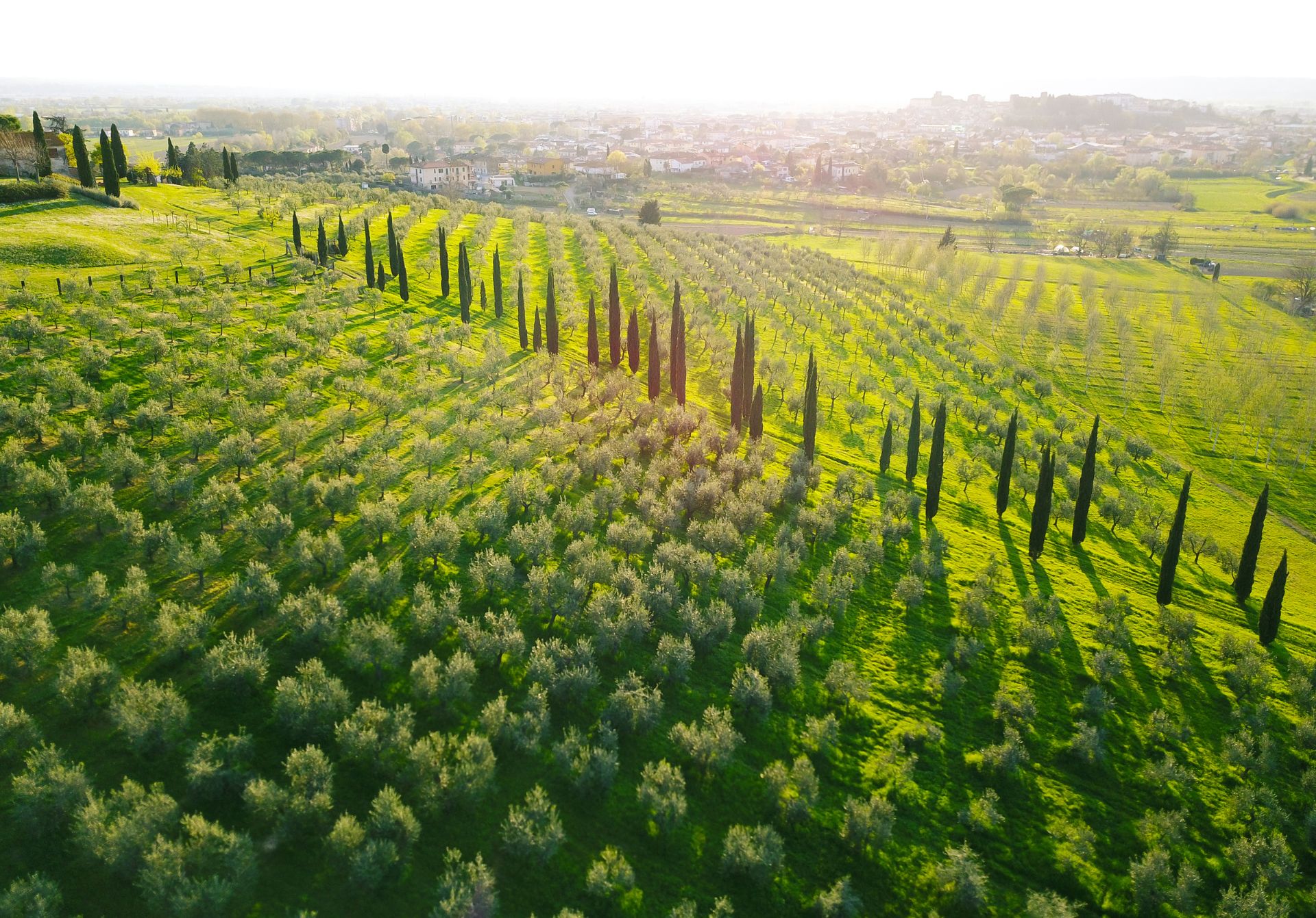Nestled in the heart of Tuscany, Val d’Orcia represents a breathtaking landscape that has captivated artists, photographers, and travelers for centuries. This UNESCO World Heritage Site stretches across approximately 175 square kilometers, encompassing a pristine region in the province of Siena that epitomizes the quintessential Tuscan countryside.
The valley’s distinctive terrain is characterized by rolling hills, cypress-lined roads, medieval hilltop towns, and meticulously cultivated agricultural lands that create a harmonious interaction between human activity and natural beauty. Its undulating landscape looks almost like a carefully painted Renaissance masterpiece, with each vista presenting a composition of extraordinary visual harmony.
Historical Significance and Cultural Landscape
Val d’Orcia’s history dates back to the medieval period, when it was a crucial territory controlled by the powerful city-state of Siena. The landscape was deliberately shaped by Renaissance-era agricultural practices and urban planning, transforming the natural terrain into a carefully orchestrated cultural landscape that reflected humanistic ideals of beauty and functionality.
The region’s towns, such as Pienza and Montalcino, stand as remarkable examples of Renaissance urban planning. Pienza, in particular, is often referred to as the “ideal city” designed by Pope Pius II in the 15th century, representing a perfect embodiment of Renaissance architectural and humanistic principles.
Agricultural Heritage and Culinary Traditions
Val d’Orcia is renowned for its exceptional agricultural products. The region produces some of Italy’s most celebrated wines, including the prestigious Brunello di Montalcino and Vino Nobile di Montepulciano. These wines are not merely beverages but represent centuries of viticultural expertise passed down through generations.
The landscape is predominantly covered with vineyards, olive groves, and wheat fields that create a patchwork of colors changing with the seasons. Pecorino cheese, another local delicacy, is produced from sheep grazing on these rich pastures, embodying the intimate connection between the land and its culinary traditions.
Ecological Preservation and Sustainable Development
Since its UNESCO World Heritage designation in 2004, Val d’Orcia has become a model of sustainable landscape management. Local authorities and communities have worked diligently to preserve the region’s ecological integrity while supporting traditional agricultural practices.
The area serves as a critical case study in balancing cultural preservation, agricultural productivity, and environmental conservation. Annual visitor numbers exceed 500,000, demonstrating the global appeal of this meticulously maintained landscape while generating sustainable tourism revenue for local communities.
Artistic and Photographic Inspiration
Val d’Orcia has long been a muse for artists and photographers. Its ethereal light, geometric landscapes, and timeless rural scenes have been immortalized in countless paintings, photographs, and films. The region’s visual aesthetic has significantly influenced perceptions of ideal Tuscan landscapes worldwide.
Notably, many classic Italian and international films have used Val d’Orcia as a backdrop, including Anthony Minghella’s “The English Patient,” which showcased the region’s cinematic potential to global audiences.
Val d’Orcia transcends being merely a geographical location; it is a living testament to the harmonious relationship between human creativity and natural beauty. Its carefully cultivated landscapes, rich cultural heritage, and commitment to sustainable development make it a unique destination that continues to inspire and captivate visitors from around the world.
As a symbol of environmental stewardship, cultural preservation, and aesthetic excellence, Val d’Orcia represents the very best of Tuscany’s natural and human-crafted wonders. It stands as a powerful reminder of how thoughtful interaction with landscape can create spaces of extraordinary beauty and significance.

